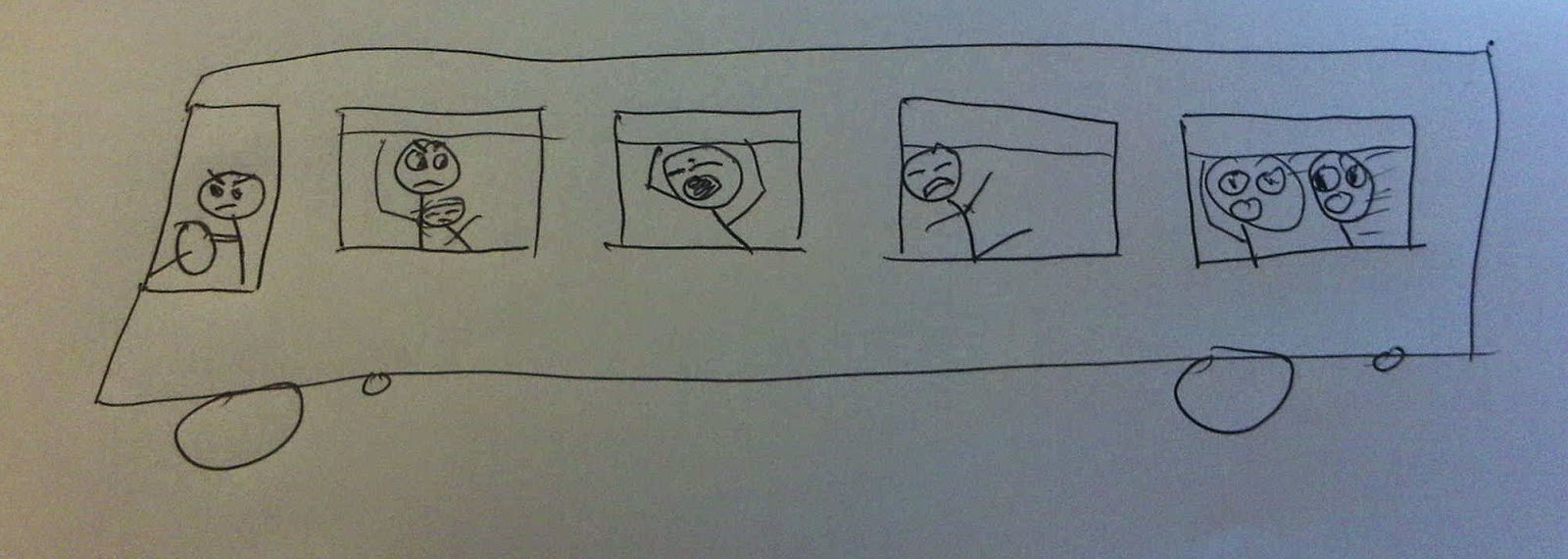 |
| Buda Hills |
I moved from apartment to apartment often in Toronto, which meant there were always new neighbourhoods to discover. Running was the best way to get to know a new hood. Going out for a half hour meant you could run along the streets, explore little side alleys, and hidden corners of the area. When I was living in Cracktown I also discovered the sketchy courtyards of Regent’s Park – a great place to work on my windsprints.
I brought this habit to Budapest. Running along
the Danube and seeing the sights, ducking into side streets in Pest or Buda.
There is plenty to see. Looking for a challenge, I even tried running up
Gellert Hill – a brutal, heart-hammering run with a view of the city at the
end.
Being an impatient runner, I like to finish my runs in less than 45 minutes, so no races or half marathons
or anything like that. I run, I see stuff, and I eat right away afterwards. But I couldn’t pass an invitation
from two colleagues to join a trail running group. The group meets up in the
hills and run 10km every Tuesday. I wasn’t even sure if I had ran that far before,
but I joined.
I showed up in my usual running gear, which isn’t
running gear: a black Cephalic Carnage hoodie and a pair of cross trainers. The
rest of the runners wore sturdy trail running shoes. I was handed
my headlamp and off we went.
I was hooked. My heavy metal hoodie became a
common sight on the trails, showing up every couple of weeks (I was
alternating between squash and trail running). It turned out my near-suicidal
runs up Gellert prepared me for the rugged Buda Hills.
It’s just nice and pretty up there. You’re not dodging
traffic, or Regent Park gangsters. You’re running through the trees breathing
fresh air and seeing incredible views of the city.
 |
| The running group with the clueless metal hoodie-wearing foreigner in the middle. |
Trail Running to Trail
Walking
The first time I took to the hills for something
other than a death-defying run was a picnic with Kata. We packed our food,
packed our wine, even packed glasses, but didn’t bother checking the weather.
When we reached our desired picnic spot, the storm clouds rolled in and the
lightning flashed before we could set up.
Seeking shelter, we rode the Children’s Railway
until the rain cleared up and got off at the end of the line. With the ground
too soggy for picnicking we settled on a bench at a corner of a small
intersection. We ate our soggy crackers and cheese, and drank our wine as cars
and dogwalkers awkwardly passed us.
For those less inclined to running or walking up
sharp inclines, Budapest’s transit authority runs a few unconventional modes of
transportation up into the hills. Along with the Children’s Railway, there’s a
chair lift. Mountain bikers without the vigor for the climb up can be seen ascending
on the cog train. The transportation options defy conventionality, which is so
common you might as well consider it conventional.
Running, walking, or getting stuck in a rainstorm, I have returned to the hills over and over again. Kata
and I have hiked the trails and I’ve enjoyed a few BBQs at Normafa with fellow
Canadian and head chef, Joe.
It’s rare that in a major
city, you can head for
the hills in the early afternoon and be back in time for dinner and drinks in
the evening.
 |
| Chairlift yourself. |
 |
| Another BBQ at Normafa. |
 |
| Gellert Hill, the site of many humbling, stumbling runs. |











